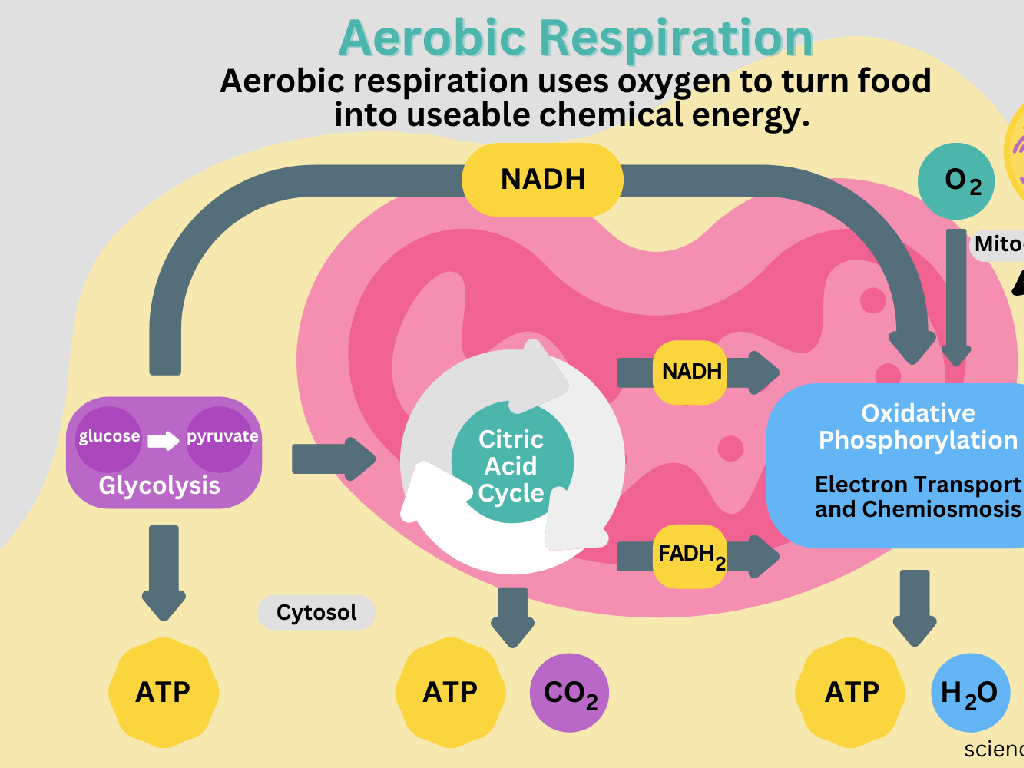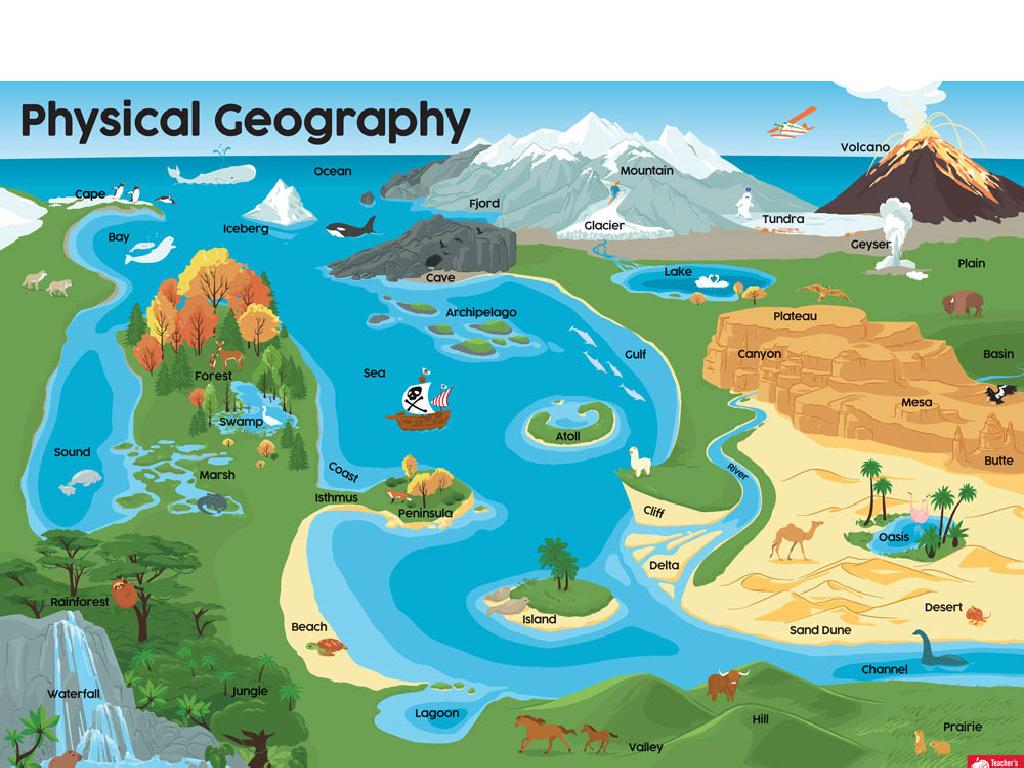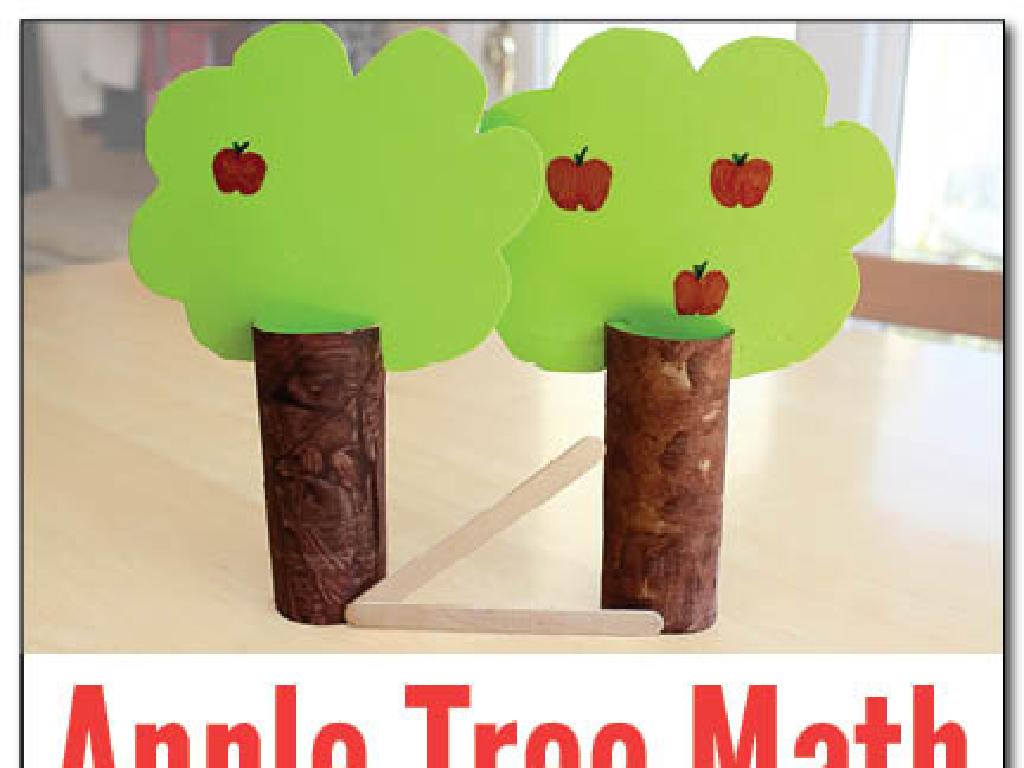Where Do Giraffes And Beavers Live?
Subject: Science
Grade: Second grade
Topic: Traits
Please LOG IN to download the presentation. Access is available to registered users only.
View More Content
Habitats of Giraffes and Beavers
– Discover giraffe habitats
– Giraffes live in African savannas with lots of space and food.
– Explore beaver environments
– Beavers are found near rivers and ponds where they build dams.
– Reasons for their habitats
– Animals live in places that meet their needs for food, water, and shelter.
– Importance of habitat conservation
|
This slide introduces the habitats of giraffes and beavers to second-grade students. Giraffes are native to the open savannas of Africa where they can find plenty of food (leaves) and have the space to roam. Beavers are known for their impressive ability to build dams and they live in environments with access to plenty of water like rivers, streams, and ponds. Discuss with students how an animal’s habitat is crucial for its survival, providing necessary resources such as food, water, and shelter. Emphasize the importance of preserving these natural habitats to ensure the survival of these species. Engage the class by asking them to think about their own homes and what makes them suitable for living.
Exploring Habitats: Giraffes and Beavers
– What is a habitat?
– A habitat is where animals live and grow.
– Needs within a habitat
– Animals need food, water, shelter, and space.
– Giraffe’s natural home
– Giraffes live in the savanna with tall trees.
– Beaver’s natural environment
– Beavers live in lodges they build in ponds or rivers.
|
This slide introduces the concept of a habitat as the natural living space of animals, which provides them with all their basic needs. It’s important to explain that different animals require different types of habitats. Giraffes, for example, are typically found in the savanna ecosystem where they have access to tall trees for feeding. Beavers, on the other hand, are known for their unique ability to create their own habitats by building lodges in bodies of freshwater. Encourage the students to think about what makes each habitat suitable for the giraffes and beavers, such as the availability of food and the safety from predators. This will help them understand the relationship between an animal and its habitat.
The Giraffe’s Habitat
– Giraffes’ home: the savanna
– Savannas are found in Africa where giraffes roam freely.
– Savanna: grassy, warm plains
– These plains have few trees and lots of sunlight.
– Giraffes’ diet: tall tree leaves
– Giraffes use their long necks to reach high into trees.
– Favorite snack: acacia leaves
– Acacia trees are common in savannas and giraffes love their leaves.
|
This slide introduces students to the natural habitat of giraffes, emphasizing the characteristics of the savanna and how they cater to the giraffes’ needs. The savanna is a vast grassland with a warm climate, perfect for giraffes to thrive. Highlight how the giraffes’ long necks are an adaptation to their environment, allowing them to feed on leaves from tall trees, such as acacias, which are abundant in their habitat. Encourage students to think about how the giraffe’s traits help it survive in the savanna. You can also discuss the importance of habitat conservation for these majestic creatures.
Why Do Giraffes Live in the Savanna?
– Giraffes have long necks
– To reach tasty leaves up high
– Open spaces keep them safe
– Helps spot lions or hyenas
– They like the warm savanna
– Giraffes enjoy the heat
– Perfect home for giraffes
|
This slide explains why giraffes are well-suited to the savanna habitat. Their long necks allow them to reach high branches for food, which is abundant in the savanna. The open spaces of the savanna make it easier for giraffes to see predators approaching from a distance, giving them a better chance to escape. The warm climate of the savanna matches giraffes’ needs, as they are animals that thrive in heat. Discuss with students how an animal’s traits, like the giraffe’s long neck, help it survive in its environment. Encourage them to think of other animals and how their traits are suited to their homes.
The Beaver’s Habitat
– Beavers live near water
– Rivers, streams, and wetlands are their favorite.
– They build dams for homes
– Dams help make ponds for safety and living.
– Lodges are beaver homes
– A lodge is a beaver’s house inside the pond.
– Trees and mud make a lodge
– Beavers chew trees and use mud to construct.
|
This slide introduces students to the habitat of beavers, emphasizing their unique ability to modify the environment to suit their needs. Beavers are known to live in areas with plenty of water because they require aquatic environments for safety from predators and for food resources. They are remarkable engineers, building dams across streams to create ponds where they construct their lodges, which are their homes. These lodges are made from trees that beavers cut down and mud they gather, showcasing their industrious nature. Encourage students to think about how beavers use their teeth and strength to change their habitat and ask them to imagine what it would be like to build their own home like a beaver.
Why Do Beavers Build Dams?
– Dams as beaver homes
– Beavers use dams to create a safe living space for their families.
– Protection from predators
– Water around the dam keeps beavers safe from animals that might harm them.
– Access to food sources
– Beavers eat plants in the water; dams make it easier to get food.
– Importance for beaver survival
– Building dams is crucial for beavers to live and thrive in their habitat.
|
This slide explains the reasons why beavers build dams, emphasizing the benefits for their survival. Dams are not just constructions; they are homes that provide safety and sustenance. The pond created by a dam offers a sanctuary from predators and a convenient place to find food, such as water plants. It’s important for second graders to understand that animal behaviors, such as dam building, are often linked to survival needs. Encourage the students to think about how the beavers’ traits, like their strong teeth and flat tails, help them in building these structures. Discuss how each trait of the beaver is suited for their role as nature’s engineers.
Habitats and Traits of Giraffes and Beavers
– Giraffes’ tall traits
– Giraffes have long necks and legs to reach high leaves.
– Beavers’ mighty teeth
– Beavers use strong teeth to cut trees for building.
– Traits suited to habitats
– Each animal has traits that help them in their homes.
– Survival through special traits
|
This slide introduces the specific physical traits of giraffes and beavers that help them survive in their natural habitats. Giraffes’ long necks and legs allow them to reach food high up in trees, while beavers’ strong teeth enable them to cut down trees for building dams and lodges. Highlight how these traits are perfectly suited to their environments: giraffes in the savannas of Africa and beavers in the woodlands and rivers. Encourage students to think about how each animal’s traits help it find food, build shelter, and protect itself from predators. Discuss the concept of adaptation and how animals develop certain traits to thrive in their specific habitats.
Class Activity: Create Your Habitat!
– Choose an animal to focus on
– Draw or build the animal’s habitat
– Consider survival needs
– Think about food, water, shelter, and space
– Share your habitat with the class
|
This activity is designed to help students apply their knowledge of animal habitats and the needs of different species for survival. Encourage the children to think creatively and choose an animal they are interested in. Provide them with materials for drawing or building, such as paper, crayons, markers, and building blocks. Guide them to consider what the animal needs to live happily in its habitat, including food sources, water availability, shelter types, and space to move around. Once the students have completed their habitats, have them present their work to the class, explaining why they included each element. This will reinforce their understanding and allow for a fun sharing experience.






